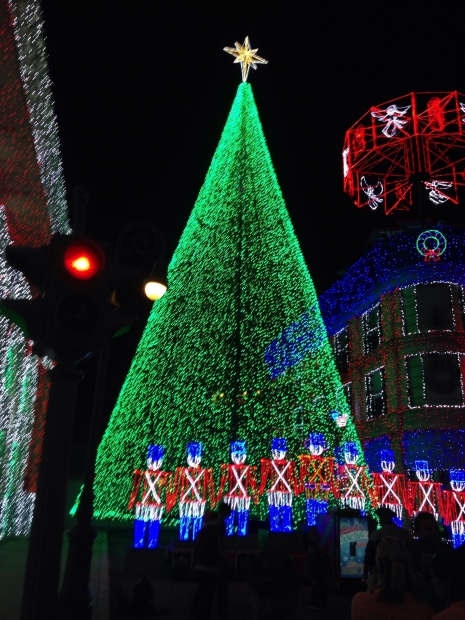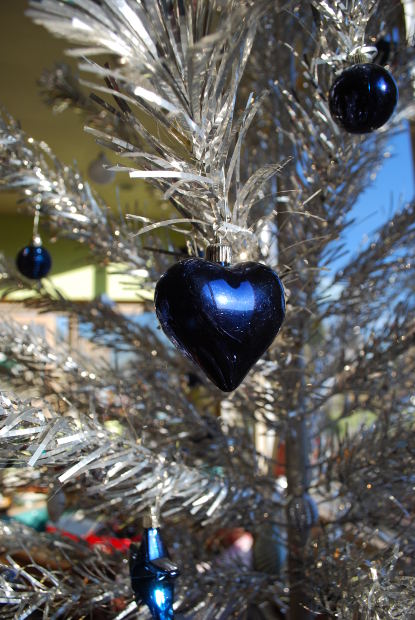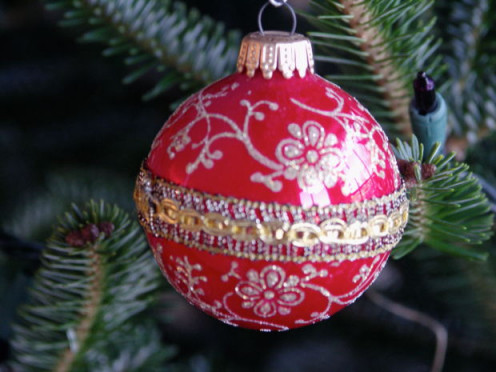Christmas in Poland

A Little History Of Polish Christmas
Polish Christmas, celebrated since the fourth century as a liturgical feast on December 25th, is a rather symbolic date of commemorating the birth of Jesus, since the actual date of his birth is not known.
It is preceded by four weeks of Advent, and one of the most religiously important and awaited moments is Christmas Eve Midnight Mass.
In the Middle Ages Polish Christmas was celebrated reverently and cheerful, but with time the joy began to be accompanied by a note of reverie and reflection about life as earthly pilgrimage on the way to salvation.
In the seventeenth century people began to develop the Christmas tradition that we know today. It consists of families meeting at a common table, especially on Christmas Eve, when the wafer (communion) is shared, warm wishes and kisses are given to everyone, and of course everybody is showered with gifts. There is always a Christmas tree, and Christmas carols are either played in the background or sang by the entire family.
Mainly it is a family holiday, but with a beautiful tradition of an empty plate present on the table, waiting for an unexpected guest, because anyone is welcomed to join the feast.

Christmas Eve
Christmas Eve (lat. loose translation: wakefulness, waiting) that we know comes from the early centuries of Christianity, but perhaps its roots go much deeper, because the prototype habits might actually have been present already in the stone age, when the winter solstice was worshiped. And let's not forget the celebration of "Saturnalia" in ancient Rome.
The Old Testament mentions Christmas Eve, which preceded holidays - days free of work. In anticipation of the ceremony, the believers fasted and prayed together, staying awake all night.
The Polish tradition of Christmas Eve came on steadily in the eighteenth century as a day prior to Christmas, becoming the most solemn evening of the year. Christmas Eve is a day of forgiveness, reconciliation and love.
The most important moment is the supper, in the past a strictly family-only event, but today Christmas Eve has changed to a more social event, when people invite friends and single colleagues, to celebrate this wonderful night of togetherness, cheer and good food. The symbolism of the set table refers to the birth of Jesus, where white tablecloth and a little bunch of hay underneath are to remind us of diapers.
In Poland, the supper dishes are always fasting foods only - the gifts of water, fields, forests and gardens. In memory of the star of Bethlehem that led the three wise men to the stable, Christmas Eve supper begins with a prayer at the time of the first star shining in the sky. The culminating moment is the time of breaking the wafer, then the feast can begin.
Sets of dishes are different, depending on the region, but always contain of fish, which for Christians has always been a symbol of baptism, resurrection and immortality. Beside different kinds of fish dishes, there must be mushrooms, poppy seeds, honey, nuts, vegetables and fruits.
Christmas Eve dinner ends up with singing Christmas Carols and going together to a Midnight Mass, called Pasterka.

Sharing The Wafer
The wafer (lac. oblatum, loose translation: offering) - a thin sheet of dough, where flour is mixed with water, once cast, but nowadays baked in appliance resembling somewhat of a waffle maker.
Since the mid-twelfth century it became the liturgical bread, today we know it as the "hostie" (lac. sacrificed animal). The wafer has a round shape and diameters from 29 to 145 mm. It is served to believers by a priest during Mass, to be consumed as "body of Christ".
In the sixteenth century wafers were baked in monasteries' bakeries, and they were actually served also as an appetizer. With a little bit of honey wafers were a great treat for children.
Since the eighteenth century, the wafer has become the sacred symbol of Christian unity and reconciliation. Sharing a wafer was supposed to help in overcoming evil.
It is a Polish tradition of Christmas Eve to share the wafer with all members of the family, together with warm wishes. It usually starts with the oldest person at the table.
According to custom, someone who broke the wafer on Christmas Eve, will not experience poverty for the next year, and have enough bread to be able to share it with others.
On Christmas Eve wafer is also shared with pets and domestic animals.
The tradition of breaking the wafer is already so strong that it has also become the property of unbelievers.
A Short Story of Santa Claus
Santa Claus was probably born in the third century, about year 270, in a town of Patara, to a merchant, fairly wealthy family.
He devoted his life to the priesthood, and even came to the episcopacy. He was the bishop of an Asian port city, Mira.
To this day, he is being remembered as a man with a big heart, carrying for needy, for whom he divested himself of all his assets. His support was always very discreet, often anonymous. He had especially warm feelings for little children, whom he willingly showered with gifts. He was merciful for the sick and disabled, and even convicts and prisoners.
Santa Claus died in year 350, and his remains are kept in Bari.
He became the patron of many cities and guilds. For eternal remembrance of his kindness, people established a custom of showering each other with gifts.
Santa Claus was usually depicted dressed as a bishop, with a large hat on his head and a crosier in hand. Over time, this character has been bent to meet the needs of the market. The Christian tradition started to mix with the secular, and even the time of gifts spreaded to other days. In addition to the December 6th, St. Nicholas comes also in the days of Christmas, and also depending on the needs, during the month of December, he visits schools, kindergartens and orphanages.
.
Today Santa Claus is associated with the figure of a jolly white-bearded old man, who is accompanied by elves, while sleigh-touring the world, pulled by nine reindeer. Dressed in a red coat, with a bag full of gifts, he comes down the chimney to leave presents in boots, socks, under the tree or under pillows. He wears many names, also known as Father Christmas, Santa-Claus, Jack Frost.
Always loved and eagerly anticipated by children, including those "quite large" ones, he became the hero of legends, fairy tales, books, movies and the owner of his own village near Rovaniemi, located on the Arctic Circle in Finland.

This content is accurate and true to the best of the author’s knowledge and is not meant to substitute for formal and individualized advice from a qualified professional.
© 2015 Agnes









